18 Apr
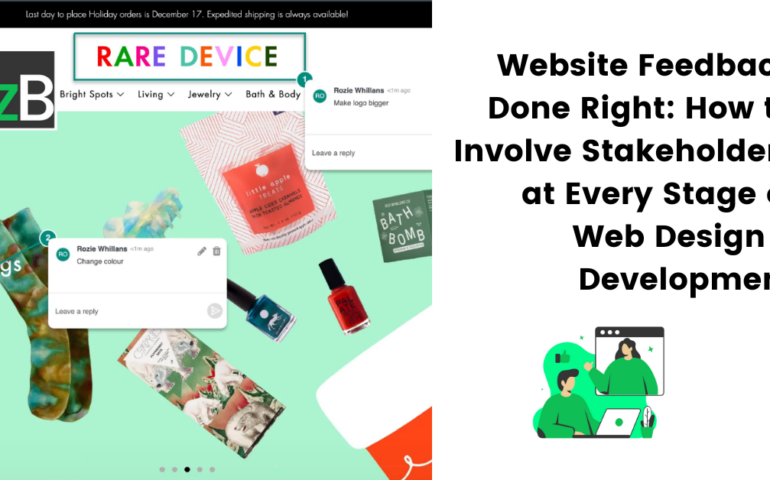
Website Feedback Done Right: How to Involve Stakeholders at Every Stage of Web Design & Development
Website Feedback Shouldn’t Be an Afterthought Are you only collecting website feedback once the site goes live? If so, you’re not alone—but you’re also missing out. Many teams wait until the final stages of development—or worse, until after launch—to ask for feedback. This often leads to last-minute changes, expensive rework, and frustrated clients or users.
15 Apr
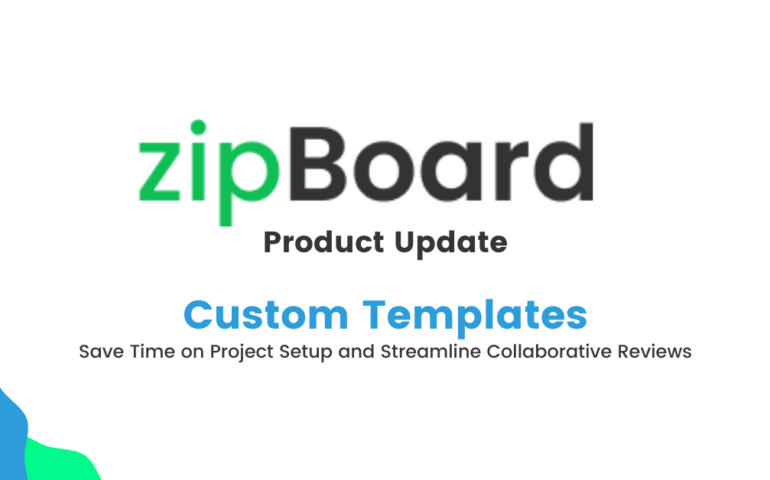
Introducing Custom Project Templates in zipBoard: Save Time on Project Setup and Streamline Collaborative Reviews
Imagine kicking off a new project and spending hours just setting up workflows instead of actually working. Whether you’re managing construction documents, web design feedback, or content approvals, the initial setup can be a frustrating bottleneck. Teams often spend valuable hours configuring project structures, defining review processes, and organizing tasks before they can even start
12 Apr
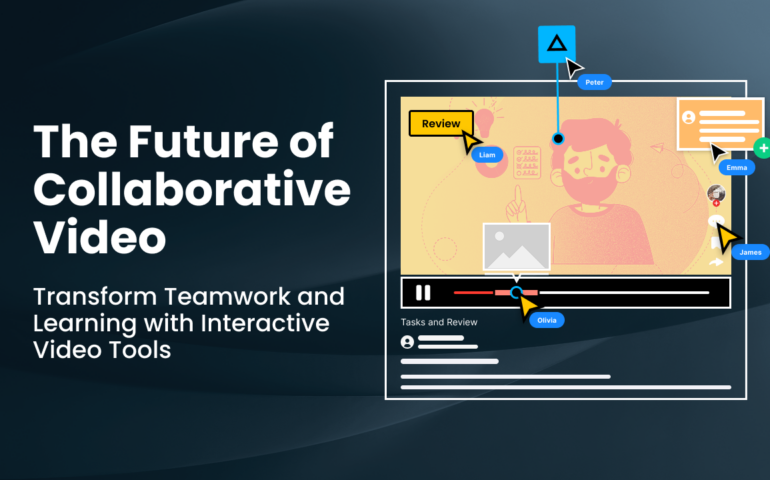
The Future of Collaborative Video Experiences
So… when did video stop being a one-way street? Remember when videos were just watch, rewind, repeat? Those days are long gone. The digital workspace has transformed video from a passive medium into an engaging, collaborative powerhouse that’s reshaping how teams communicate, learn, and create together. From One-Way to Collaborative Modern collaborative video tools have
12 Apr

The Relationship Between Architectural and Structural Engineering Design
Construction and design often appear drastically disparate on the surface, almost at the polar opposite of one another. However, their intersection is closer and more sensical when you consider the disciplines that sit at the heart of every successful building project – architectural and structural engineering design. While these might seem like distinct professions and
04 Apr
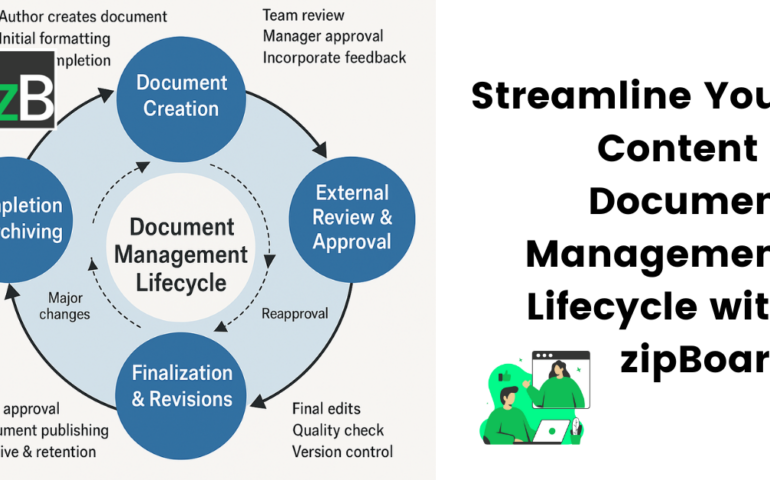
Streamline Your Content & Document Management Lifecycle with zipBoard
Managing the document lifecycle efficiently is a challenge for many teams. According to a 2024 AIIM report, organizations estimate that 67% of their unstructured data resides in cloud storage—yet only 4% report any reduction in management costs. As AI and automation initiatives accelerate, unstructured content continues to pose significant challenges, particularly around security, compliance, and
28 Mar
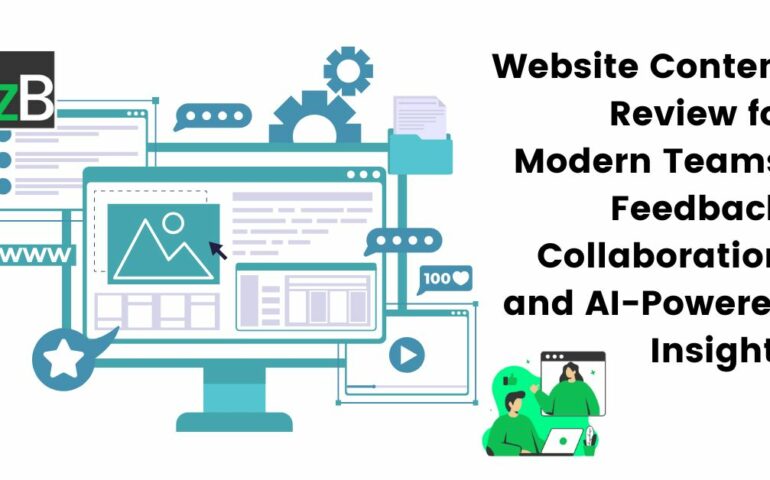
Website Content Review for Modern Teams: Feedback, Collaboration, and AI-Powered Insights
A couple of years ago, I was asked to review and test a website, and the process felt long and exhausting. Why? Because I had to take screenshots of every issue, switch to our communication channel, and manually describe my feedback. Often, I’d forget the exact context behind a screenshot or miss sharing some altogether—there
25 Mar

Procore Document Reviews Made Easy: Procore-zipBoard Integration for PDF Markups & Collaboration
One of the biggest challenges in the AEC industry is the fragmentation of project information across multiple tools. Construction professionals constantly juggle project data, documents, and communication across platforms, leading to inefficiencies, outdated information, and costly errors. At zipBoard, we understand that Procore is the go-to platform for construction project management, but document reviews can
24 Mar
Best Practices for Managing Content Reviews and Tracking Issues Efficiently in eLearning Projects
Why Content Review & Issue Tracking Matter eLearning content development is a collaborative process involving multiple stakeholders, including project managers, instructional designers, developers, subject matter experts (SMEs), and reviewers. However, without a structured content review and issue tracking process, teams often struggle with fragmented feedback, version control issues, and inefficient tracking of project files and
03 Mar
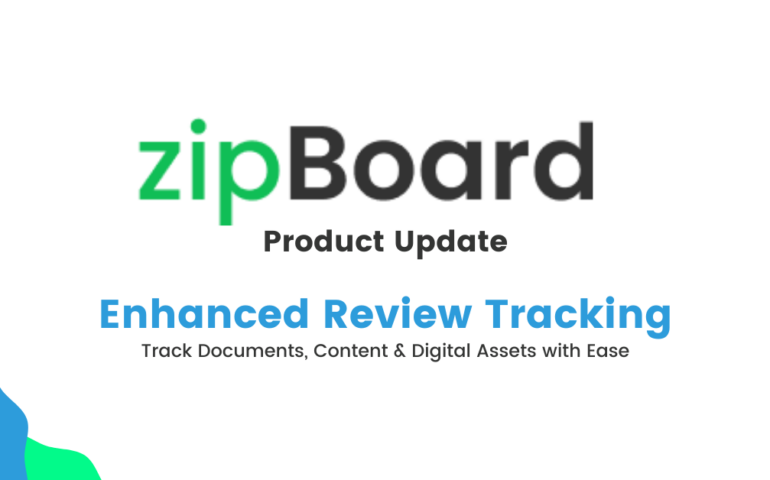
Enhanced Review Tracking in zipBoard: Track Documents, Content & Digital Assets with Ease
Improved Visibility into Review Processes Managing documents, content, and digital assets effectively is a crucial part of any review process. However, keeping track of who has provided feedback, who is yet to respond, and whether all stakeholders have reviewed an asset before final approval can be challenging. To make this process easier, zipBoard has enhanced
28 Feb
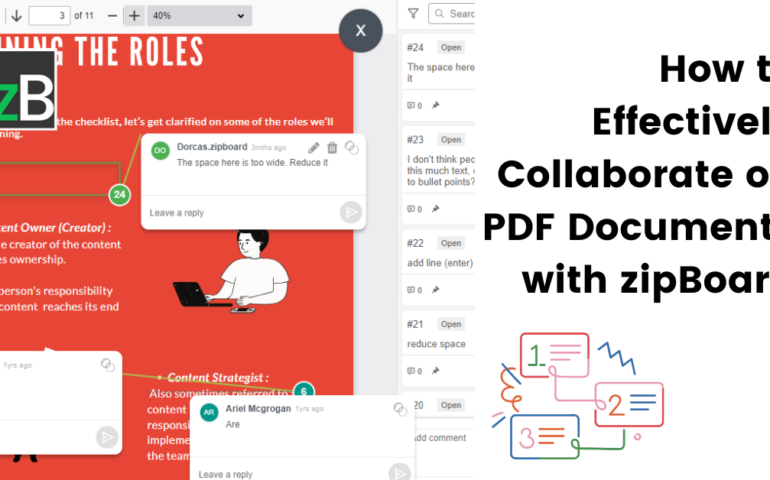
How to Effectively Collaborate on PDF Documents with zipBoard
Over 2.5 trillion PDFs are created annually, making them one of the most widely used file formats in professional settings. PDFs remain the industry standard due to their format preservation, security, and universal compatibility. This makes them the preferred choice for sharing important documents with multiple stakeholders. Owing to this, seamless PDF collaboration is essential
